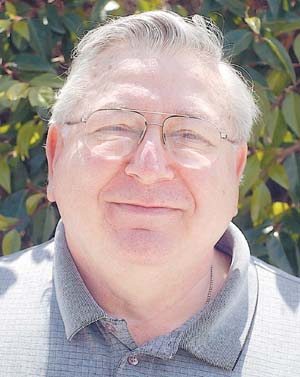Contrary to popular belief, as one historian put it, encounters
between American Indians and emigrants moving west were far more
often characterized by cooperation than by conflict. Nevertheless,
if you watch
”
Westerns
”
the Indians seem to attack almost every wagon train. The typical
scene is wagons drawn up in a circle and attackers riding around
the outside like ducks in a shooting gallery.
Contrary to popular belief, as one historian put it, encounters between American Indians and emigrants moving west were far more often characterized by cooperation than by conflict. Nevertheless, if you watch “Westerns” the Indians seem to attack almost every wagon train. The typical scene is wagons drawn up in a circle and attackers riding around the outside like ducks in a shooting gallery.
Whether or not the Indians used those tactics is open to debate; however, the practice of circling the wagons to provide a defense alignment was recognized as a formal tactic that was standard practice even before the Indian Wars. The primary reason was the need to protect the draft animals and other livestock critical to the survival of the “train.” The wagon circle provided a temporary corral as much as a defensive barricade. Lose your animals and you lose your means of locomotion and your food. That’s not a good situation.
Below is Richman’s Web show, The News and You. This week’s focus is the local roads.
In modern jargon, the term “circle the wagons” has taken on related meanings – to close ranks and repel the enemy and to protect what is yours at all costs. One of government’s major problems is their current tendency to circle the wagons at every threat to their power, real or imagined. The wagon train can’t move fast or get very far in that configuration – in fact, you tend to meet yourself coming and going.
It appears to me that’s exactly what Richard Krumholz, Caltrans District 5 director, has done. He has circled the wagons over criticism of the design of the San Benito Route 156 Improvements Project. A short while ago I wrote a guest view in The Weekend Pinnacle highly critical of the proposed design. Now Mr. Krumholz has written back in rebuttal, but there is only one problem. He did not address any of my criticisms; his entire rebuttal is that Caltrans followed the prescribed process. I never said they didn’t. What I said was, process or not, they got a lousy result.
Did it ever occur to Caltrans that their process could produce a less than a stellar outcome? I did criticize the local politicians and COG for failing to keep an eye on the proposal and for not nipping these issues in the bud. If Caltrans wants to defend the inadequate design for flood control, the failure to do something about what is going to become a hellish intersection at the Alameda, the lack of safe crossings on a high-speed four-lane expressway and what is going to be a very ugly layout, they should do so. What they should not do is hide behind the environmental impact report (the flood portion of which they said was not finished) or the process.
Caltrans is fighting the wrong battle. I happen to support a high-speed, four-lane expressway along the current corridor as a Route 156 improvement. However, when I support things, I want them to be good; unlike Caltrans, I can’t blame my mistakes on a process. That is why this design bothers me it’s not good. Now I have no idea if the director actually read my column or is just reacting to what his staff told him, but I’m not backing down.
I invite Caltrans to put the wagons back on the trail, get on the record, and address the real issues here. Why are there not additional flood control measures? Why is there no mitigation at the Alameda crossing? Why is there nowhere to cross this four-lane expressway except at grade level? Finally, why is the median going to be a trash collector devoid of landscaping? At least that’s what the simulation shows.
Ok, Caltrans, it’s time to head ’em up and move ’em out.










